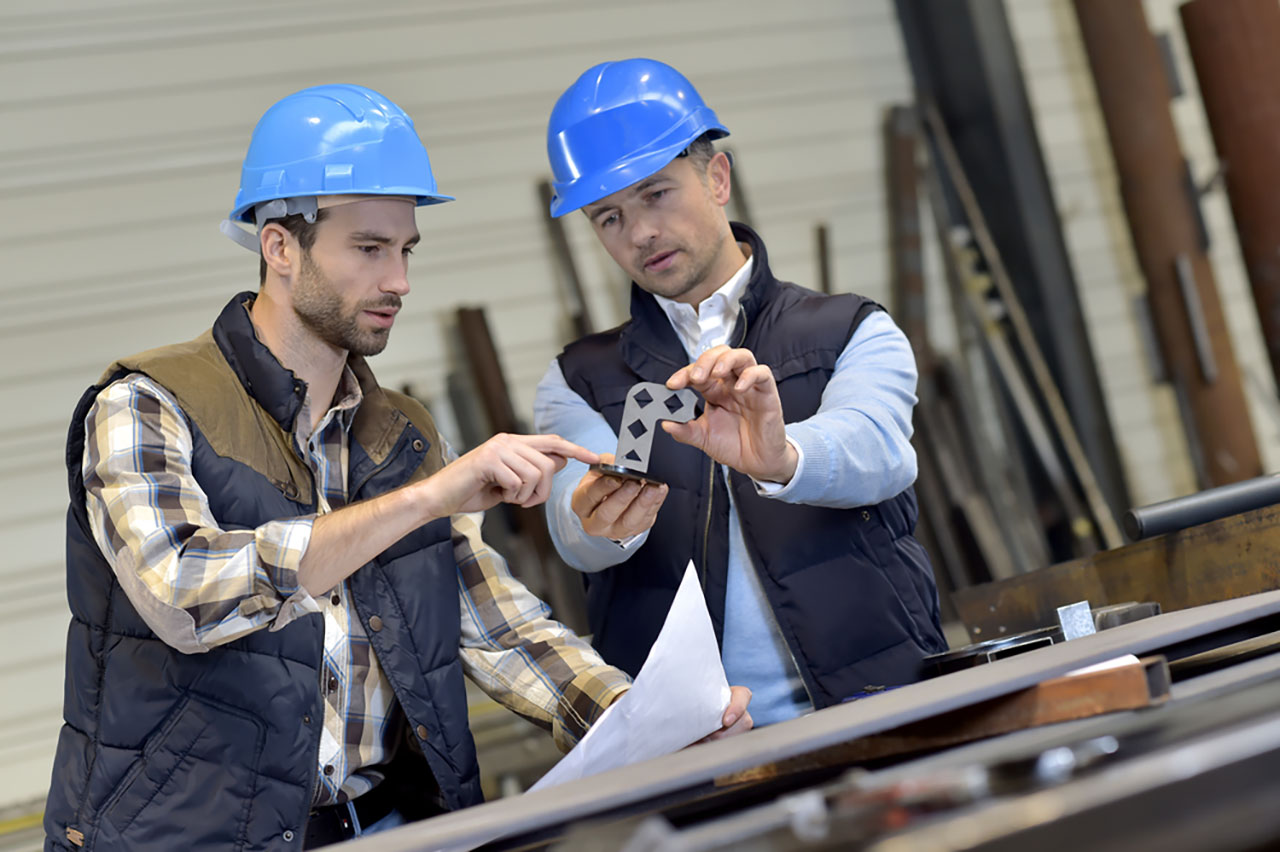

More than 20,000 people died on American roads between January and June of 2021—that averages out to over 100 fatalities each day. Like traffic accidents, most workplace accidents can be chalked up to human error.
So why are folks still having accidents and how can you prevent workplace incidents or injury?
We can reduce injury and make the workplace safer by further investigating incidents of humor error until all possible structural improvements have been considered.
Say a carpenter drops a hammer onto the floor planks while he's working on a scaffold. The hammer falls off the edge of the scaffold and onto a mason who's working below. The mason gets injured and ends up at home for a few weeks. Reporting the accident as a simple human error means that you don't have to look at the big picture or the flaws in the system that allowed the mason to be working below the carpenter.
If you're too quick to say that an accident is caused by human error, you may miss an opportunity to improve safety onsite! Too often, when someone says human error caused the accident, the investigation stops there. The employee might get extra training or get disciplined, and life will go on until another hammer falls.
People make mistakes and human error does cause accidents. But we can make structural changes to protect people from themselves! There are often failings in the safety systems that allow human mistakes to cause accidents. For instance, that mason might not have been injured: if toe boards were properly installed, if there was safety netting under the scaffold, and importantly, if the mason had been working elsewhere, not under the carpenter.
The next time you investigate a human-error incident or just see somebody do "something stupid," coach the person so they don't make the same mistake again. Then, look for a structural, process, or system safety measure that will prevent that "something stupid" from being able to cause an accident.
Manufacturing Fall-Protection Personnel